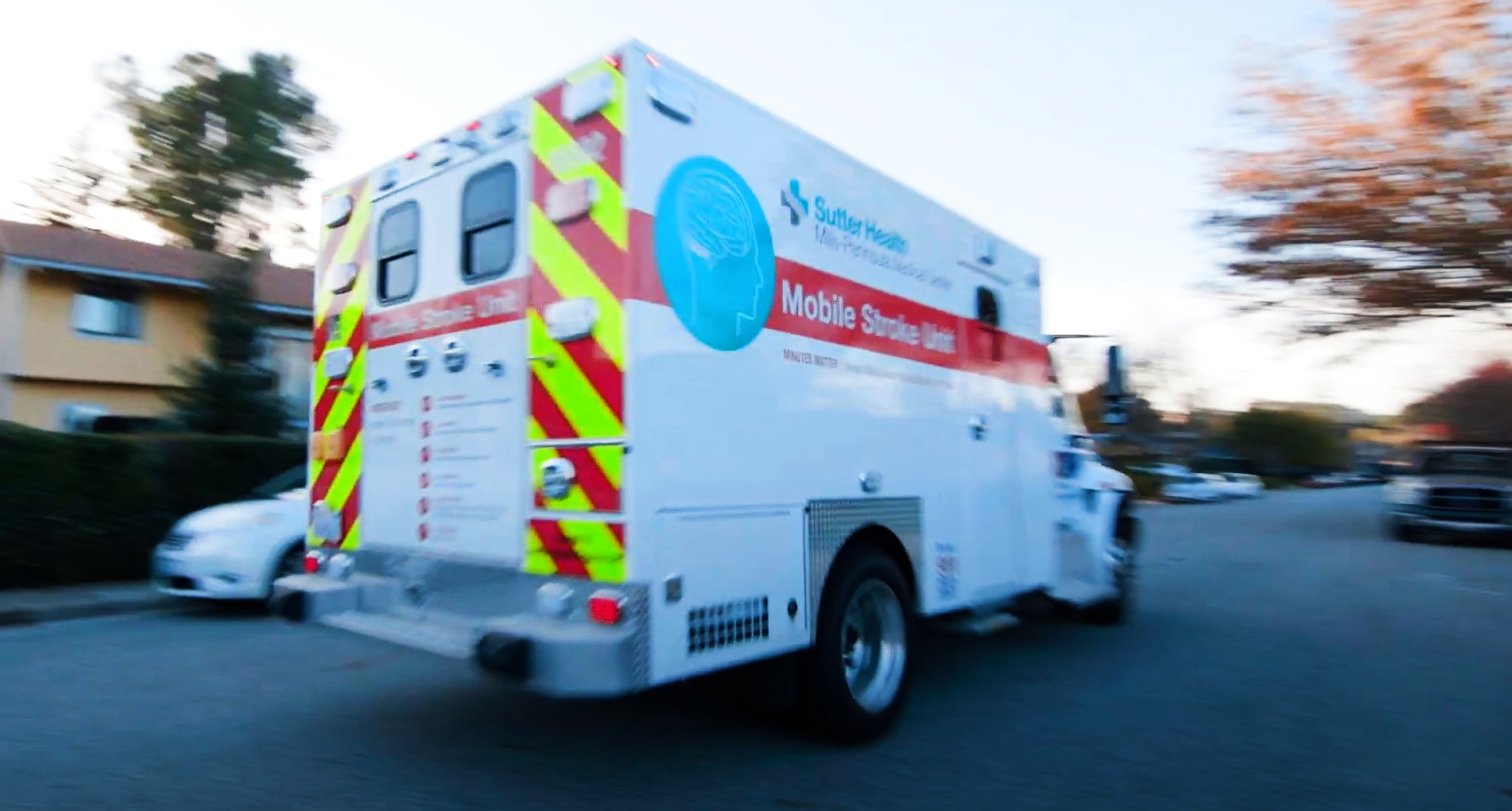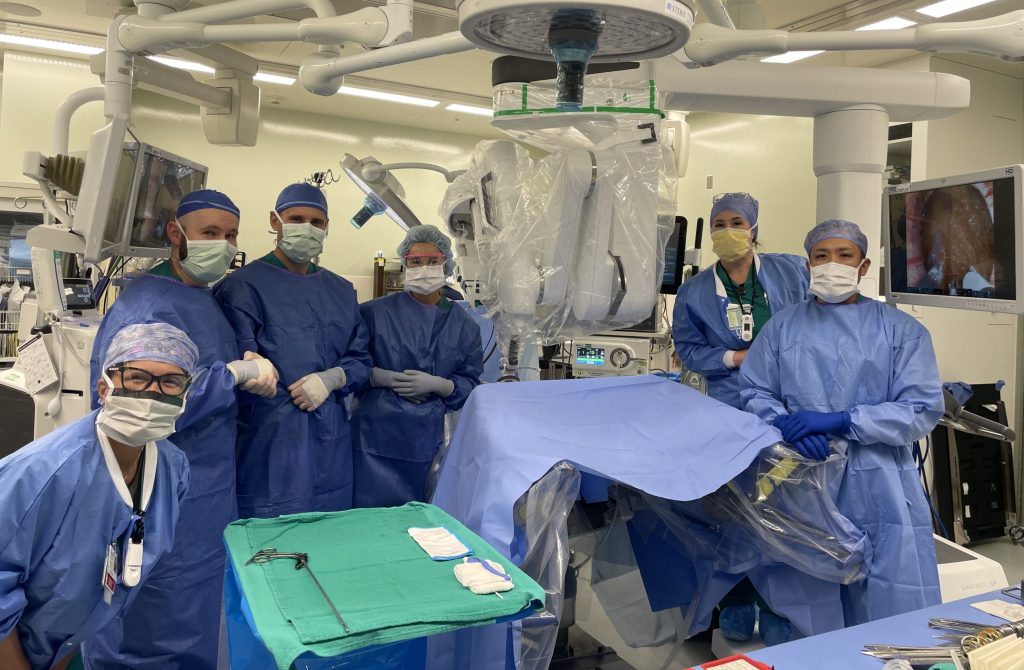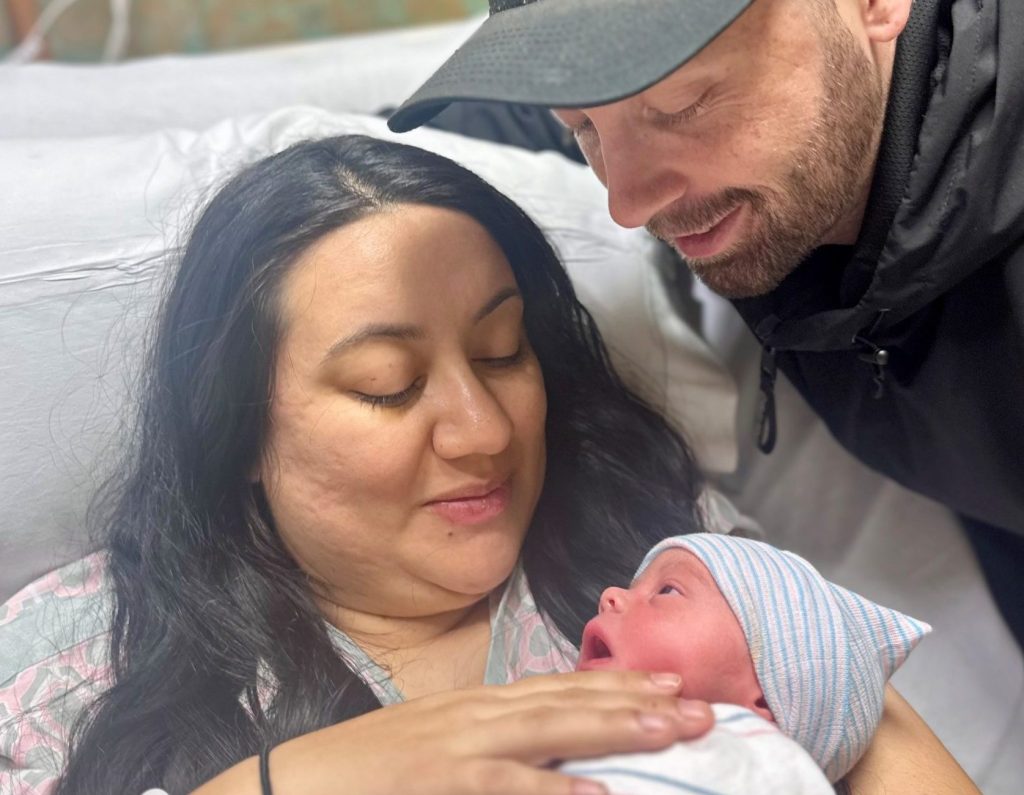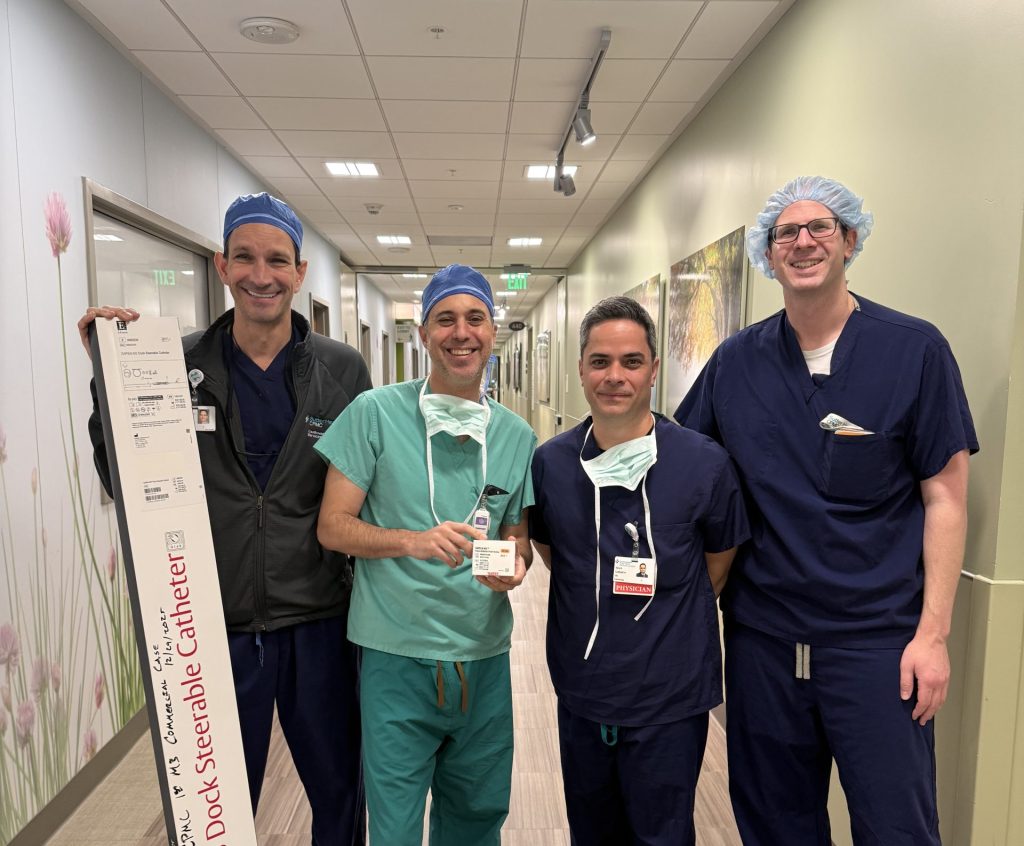Time. Ever elusive and arguably always in short supply. But when moments matter most—like a medical emergency—time is everything. One place that is extremely evident is with strokes.
Mobile stroke units are specialized ambulances, equipped with the staff and equipment to diagnose stroke and start treatment before patients arrive at the hospital. Prior research has demonstrated the clinical benefits of these units by showing that they accelerate stroke treatment and lead to less disability among stroke survivors. Now, a cost-effectiveness analysis adds more evidence to the value proposition of these innovative units.
“One of the biggest obstacles to a patient receiving appropriate care for a stroke is the time lost getting that person to the hospital,” says Dr. Ilana Spokoyny, neurologist who cares for patients at Sutter’s Mills-Peninsula Medical Center. “Mobile stroke units were invented to address this problem and research shows that faster treatment by MSU can add years of normal function to a person’s life and do so cost effectively.”
Post-stroke disability is costly for patients, families, and society.
Stroke can impact a person physically, emotionally, mentally, and financially. “A stroke that results in permanent disability can cause a person to need years of rehabilitation, skilled nursing or long-term care,” says Dr. Spokoyny. In fact, a study from 2016 showed that medical services used during the first year after a stroke can cost twice as much as the initial hospitalization for stroke. Add to this the fact that stroke survivors often can’t return to work, either temporarily or permanently, and the high financial burden of a stroke starts to become clear.
“The easiest way to reduce some of the estimated $68.5 billion dollars spent in the U.S. on direct and indirect consequences of stroke is to treat patients faster, so survivors have less disability or impairment after their stroke,” Dr. Spokoyny stressed. “Mobile stroke units have already been proven to reduce disability, so the question quickly became: Does less long-term disability justify the increased cost of this intervention? And new research points to a strong answer of yes.”
Mobile stroke units are cost-effective, especially in patients with no pre-stroke disability.
An economic analysis of the BEST-MSU clinical trial presented at the International Stroke Conference on Feb. 10, 2022, shows that mobile stroke units are cost-effective.
- Patients treated by mobile stroke unit reported better average quality of life compared with those who received standard care by emergency medical services.
- In a subgroup analysis, looking at those patients with no pre-stroke disability, researchers saw even greater improvement in quality of life among those treated by mobile stroke unit compared with standard care by emergency medical services.
- Additionally, researchers followed patients for a year after their stroke and found that those treated by mobile stroke unit had 13 more days at home (as opposed to a nursing home or rehospitalization) on average than patients who received standard care by emergency medical services.
- This finding was consistent within the subgroup of patients who had no pre-stroke disability.
- The incremental cost-effectiveness ratio (ICER) for mobile stroke units was estimated at $33,537 per quality-adjusted life-year (QALY) for all stroke patients and $10,740 for patients with no pre-stroke disability.
- In the U.S. an intervention is typically considered cost-effective if the ICER is between $50,000 and $190,000 per QALY.
- These values demonstrate that the MSU care is considered extremely cost effective.
- Mobile stroke units were shown to be increasingly cost-effective as the number of patients treated increased.
- Length of stay during initial hospitalization for stroke, and the proportion of patients discharged to home, did not differ between those treated by a mobile stroke unit compared with standard care by emergency medical services.
The BEST-MSU clinical trial is the first randomized study to track patient disability and healthcare utilization for one year following stroke.





